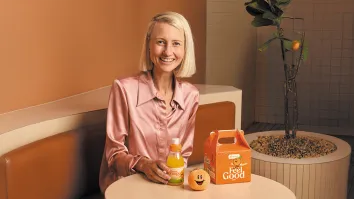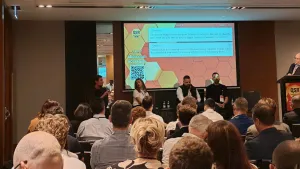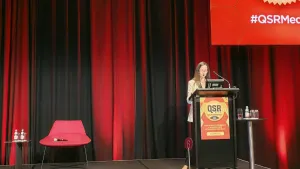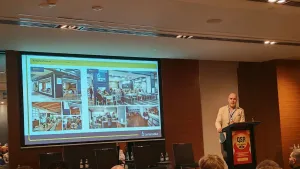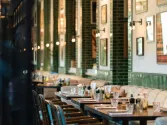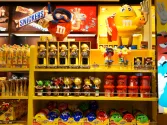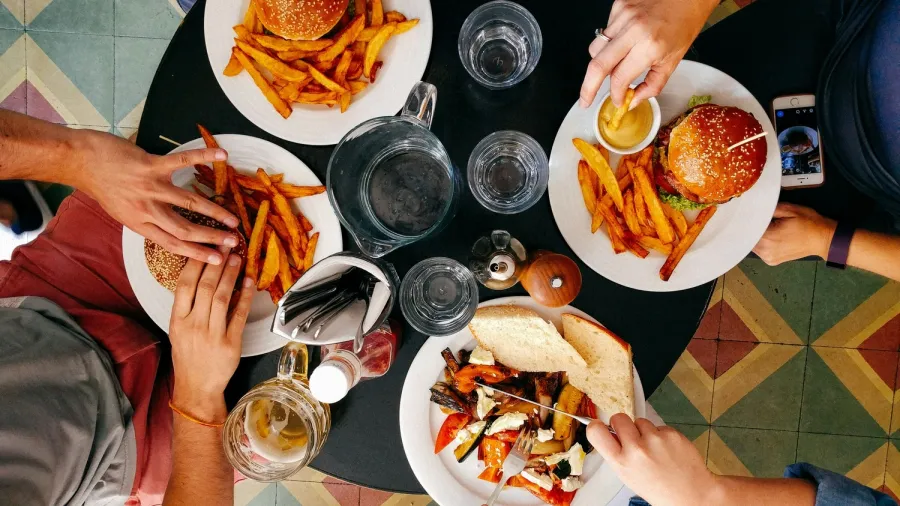
Australia’s foodservice market set for 11.45% annual growth through 2030
Gen Zs account for AU$5.8b in foodservice spending, or 11% of total visits.
Australia’s foodservice sector is worth an estimated $103.5b (US$67.34b) in 2025 and is expected to climb to $178b (US$115.8b) by 2030, growing at an annual rate of 11.45%, according to Mordor Intelligence’s report.
Key players include Yum! Brands, Guzman y Gomez, McDonald's, Craveable Brands, and Starbucks.
Global fast-food chains also continue to adjust their menus to local tastes. These efforts hinge on securing reliable Australian suppliers, which can give early movers an edge.
McDonald's recent Steakhouse Stack, built around Australian beef and Jack cheese, is one example of how international brands are moving beyond standard global menus to appeal to local preferences.
Meanwhile, speciality coffee chains are expanding as they tap into Australia’s well-developed coffee culture.
Brands such as Zarraffa's Coffee are growing through franchising, whilst Urban Baristas pushes into higher-end metropolitan niches.
The segment benefits from customers who are willing to pay more for premium drinks, with speciality coffee generating margins 15% to 20% higher than typical QSR beverages.
Newcomers like Indonesia’s Kopi Kenangan are intensifying competition. Mixed-use developments and shopping centres are helping speed expansion by offering favourable lease terms.
Local operators are countering by upgrading barista training and sourcing high-quality single-origin beans.
Despite economic pressures, Australians—particularly Gen Z—continue to prioritise eating out.
Gen Zs account for AU$5.8b in foodservice spending, or 11% of total visits. Dining venues remain key social spaces, especially as 40% of consumers report visiting central business districts less than once a month.
This shift supports higher pricing for experience-driven formats and encourages the rise of neighbourhood-focused concepts.
Social media appeal is now central to restaurant strategy, influencing both first-time visits and repeat traffic.
The emphasis on in-person socialising also limits the reach of delivery-only models, prompting growth in hybrid formats that mix convenience with on-site experiences.
($1 = US$0.65)






